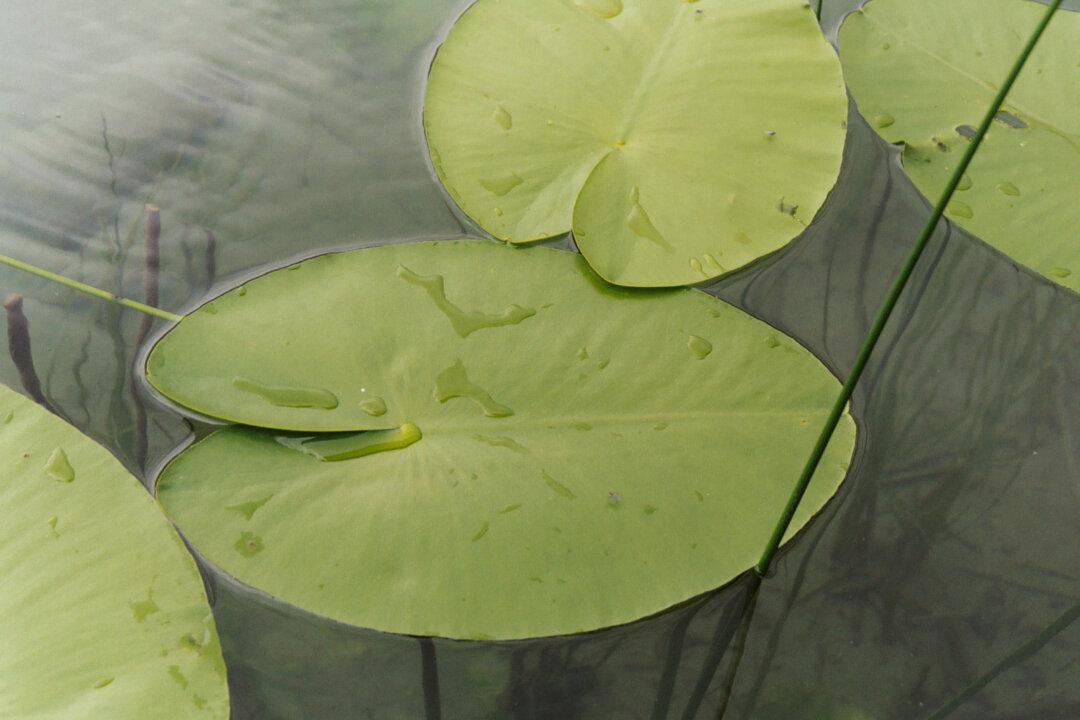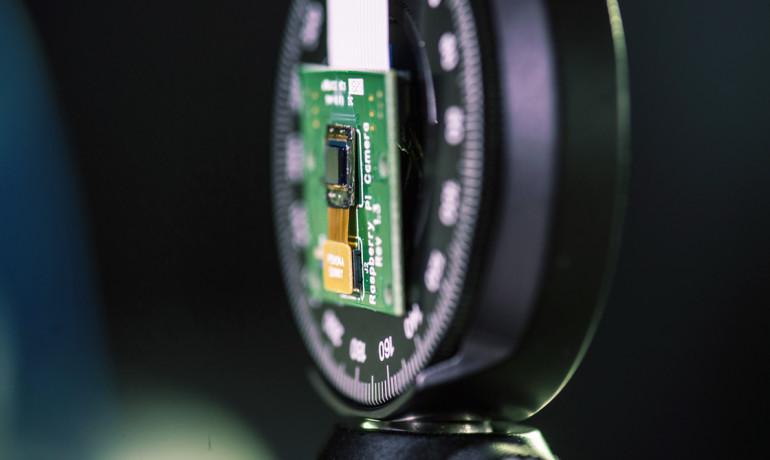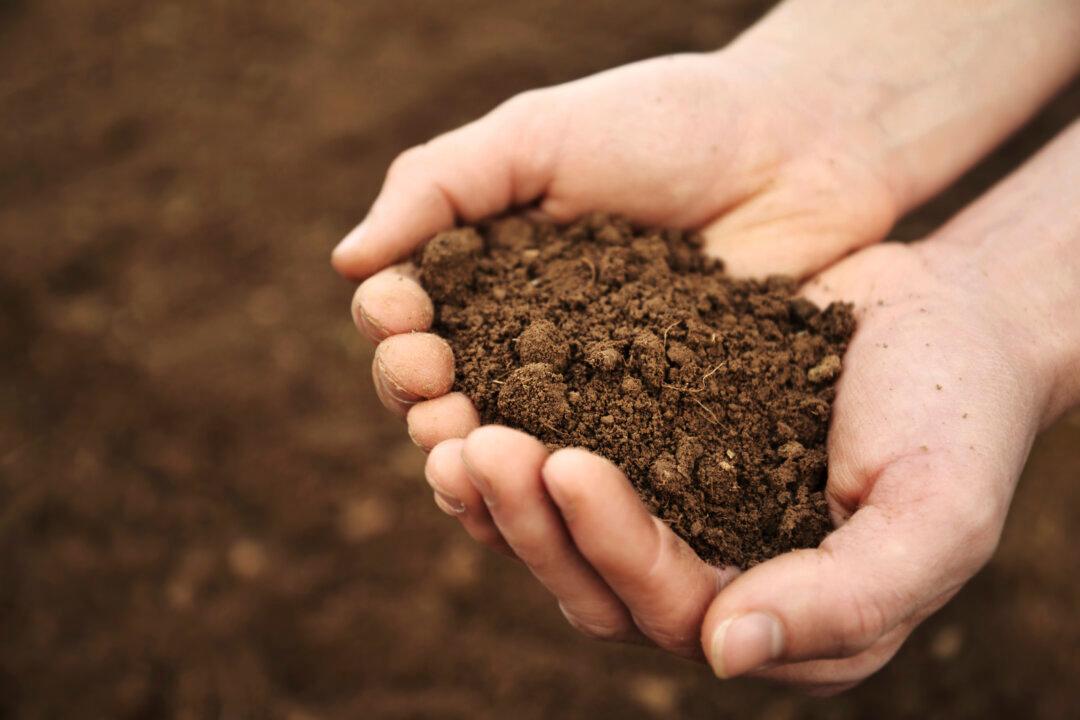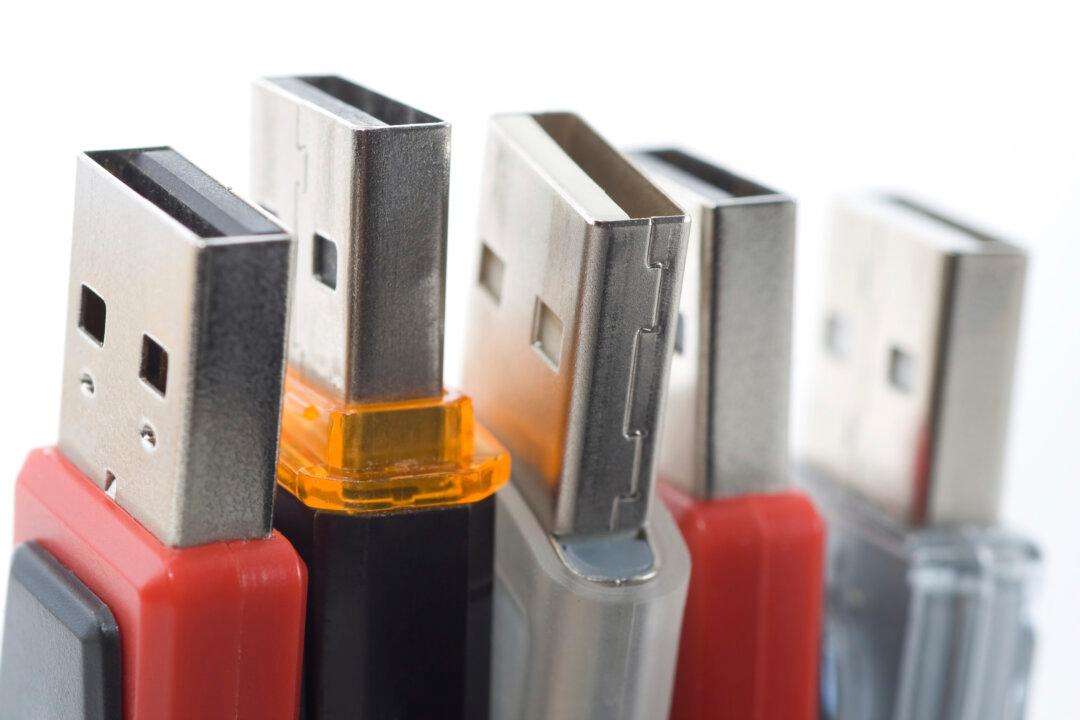A new class of superhydrophobic materials mimics one of the planet’s most water-repelling surfaces: the lotus leaf. The material is inexpensive, nontoxic, and can be applied to a variety of surfaces via spray- or spin-coating.
The hydrocarbon-based material may be a “green” replacement for costly, hazardous fluorocarbons commonly used for superhydrophobic applications, says Andrew Barron, a chemist at Rice University.
“Nature knows how to make these materials and stay environmentally friendly,” says Barron. “Our job has been to figure out how and why, and to emulate that.”
Barron says the lotus leaf’s abilities spring from its hierarchy of microscopic and nanoscale double structures.
“In the lotus leaf, these are due to papillae within the epidermis and epicuticular waxes on top,” he explains. “In our material, there is a microstructure created by the agglomeration of alumina nanoparticles mimicking the papillae and the hyperbranched organic moieties simulating the effect of the epicuticular waxes.”
How They Made the Material
Fabrication and testing of what the researchers call a branched hydrocarbon low-surface energy material (LSEM) were carried out by lead author Shirin Alexander, a research officer at the Swansea University Bay Campus.
There, Alexander coated easily synthesized aluminum oxide nanoparticles with modified carboxylic acids that feature highly branched hydrocarbon chains. These spiky chains are the first line of defense against water, making the surface rough.
This roughness, a characteristic of hydrophobic materials, traps a layer of air and minimizes contact between the surface and water droplets, which allows them to slide off.
To be superhydrophobic, a material has to have a water contact angle larger than 150 degrees. Contact angle is the angle at which the surface of the water meets the surface of the material. The greater the beading, the higher the angle. An angle of 0 degrees is basically a puddle, while a maximum angle of 180 degrees defines a sphere just touching the surface.
The new LSEM, with an observed angle of about 155 degrees, is essentially equivalent to the best fluorocarbon-based superhydrophobic coatings, Barron says. Even with varied coating techniques and curing temperatures, the material retained its qualities.
The team reports the results in a paper published in ACS Applied Materials and Interfaces.




